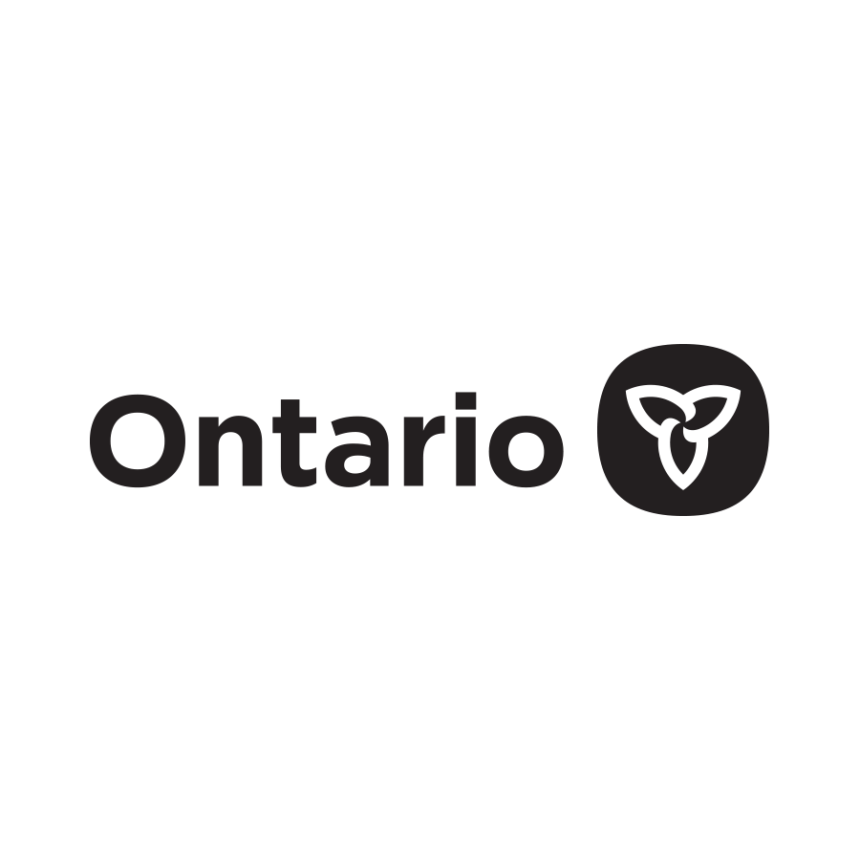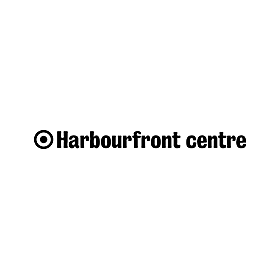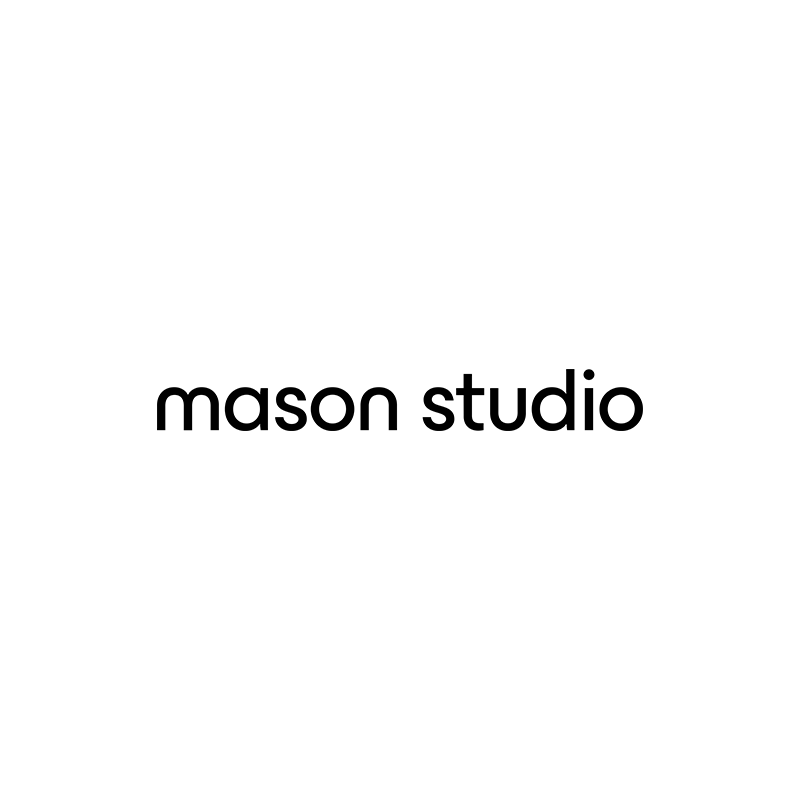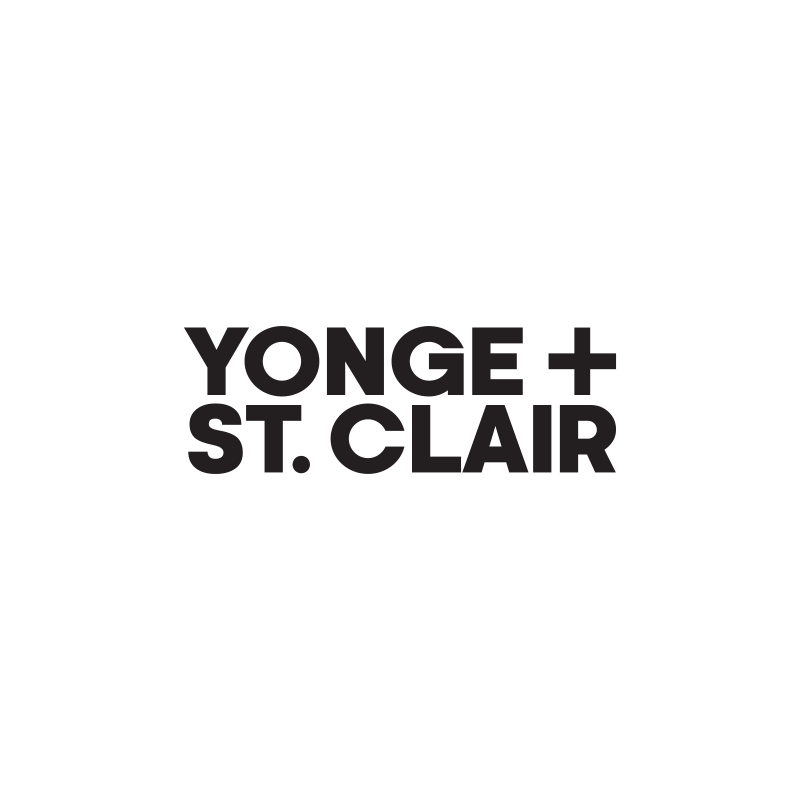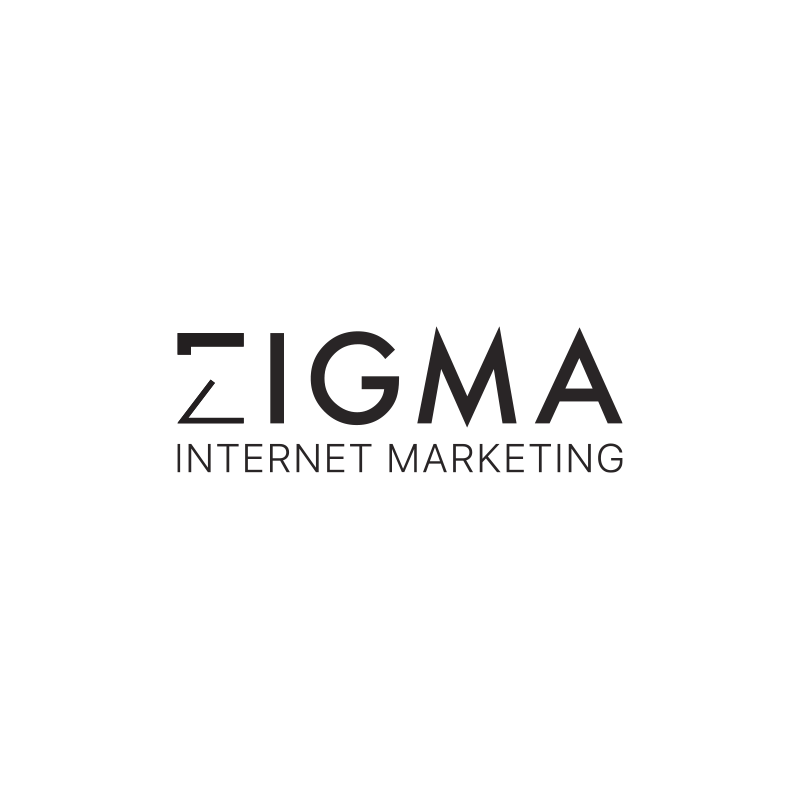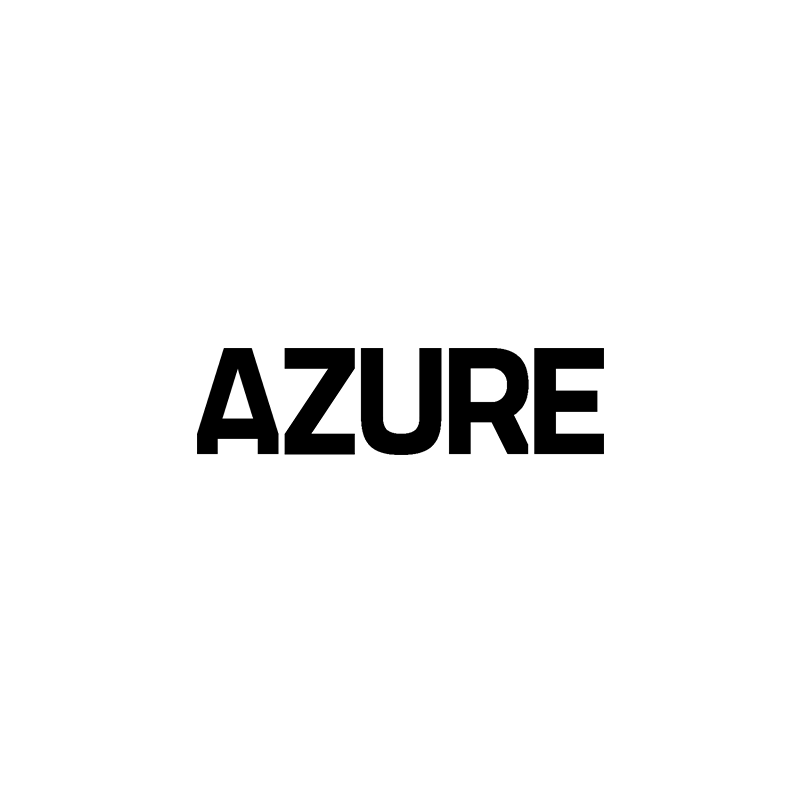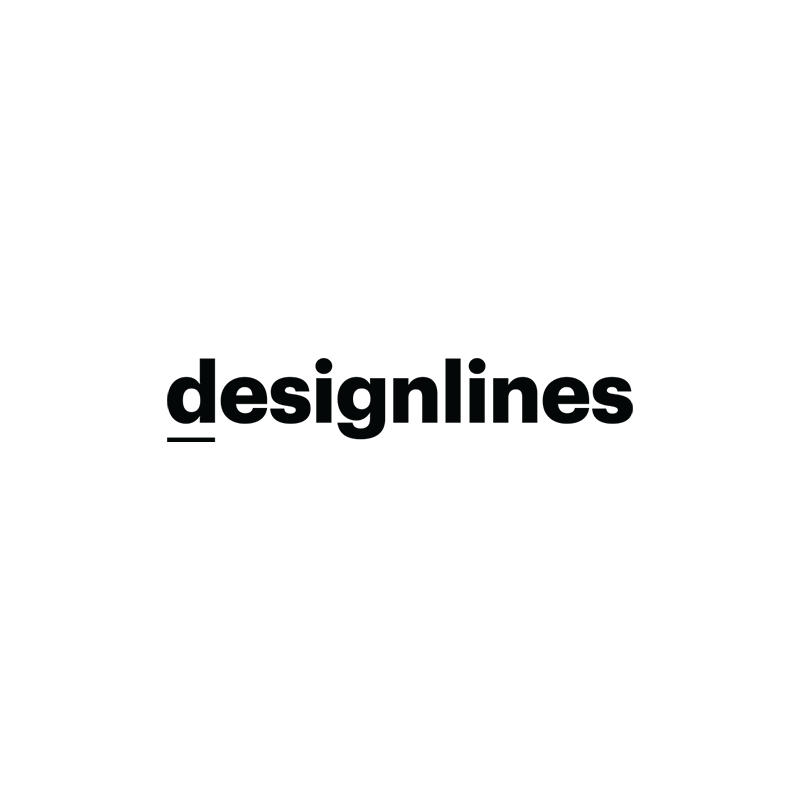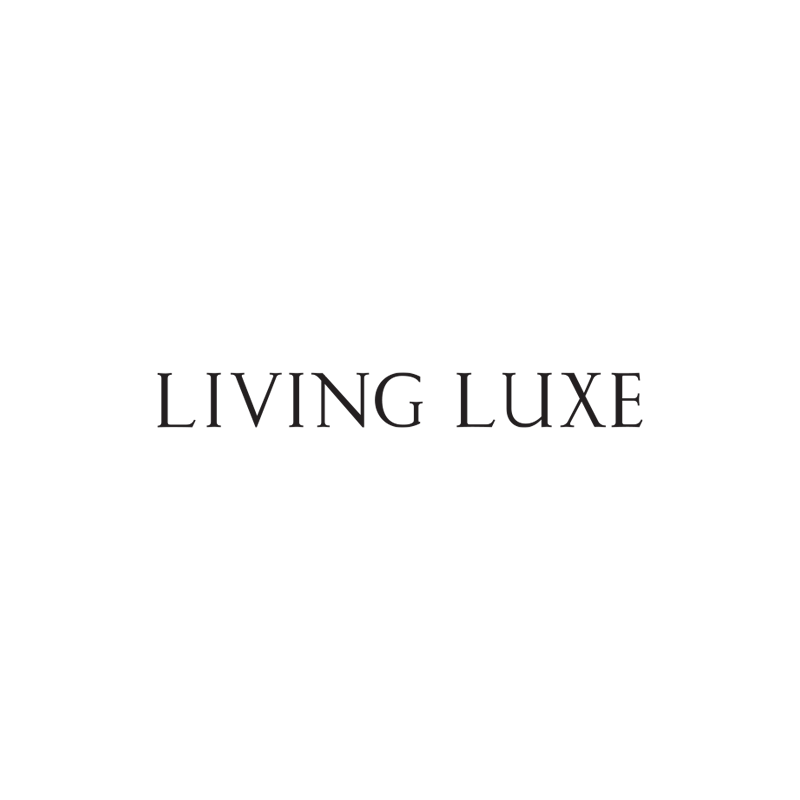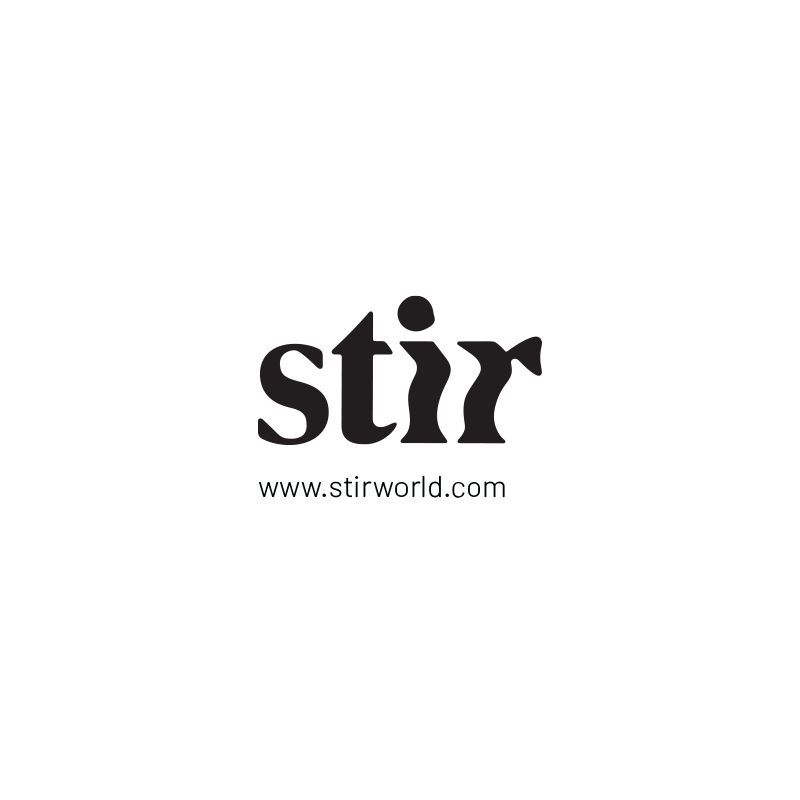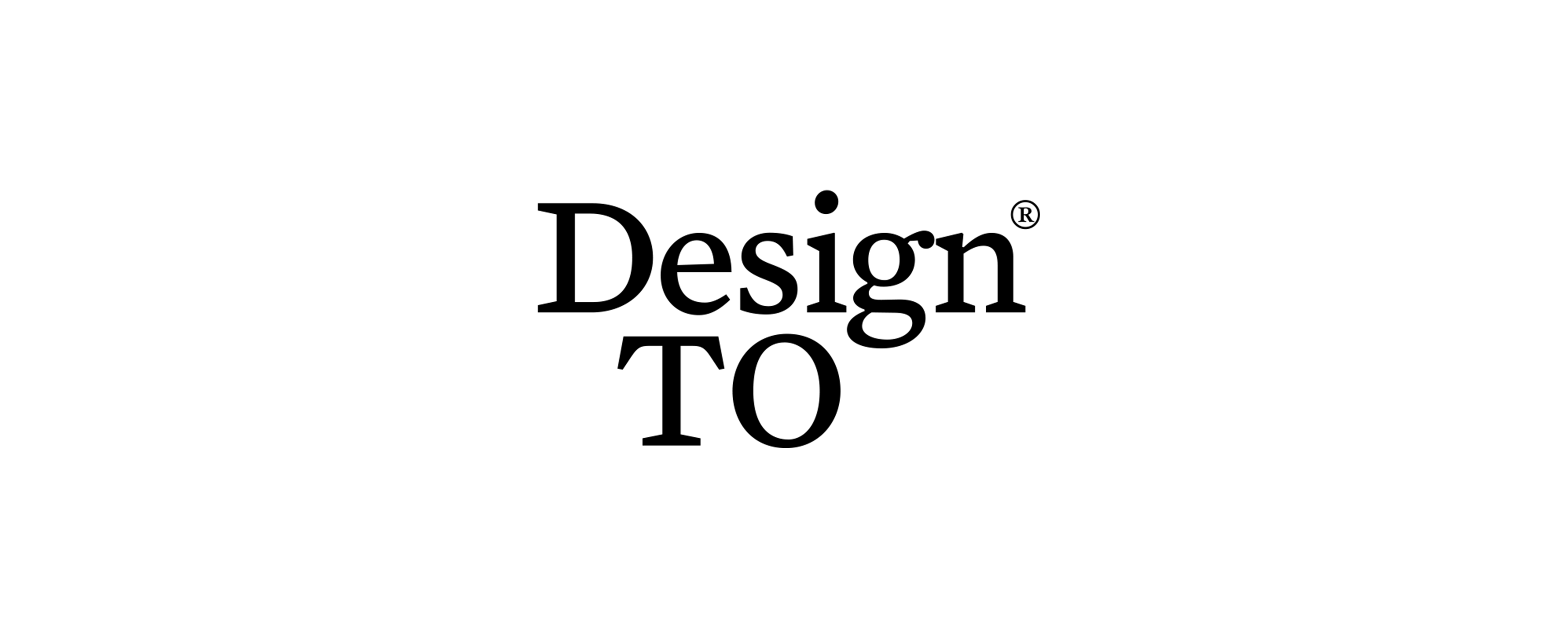

To create look and feel for our 10th Anniversary, DesignTO partnered with OCAD University’s Design4 program.
This unique experiential learning program offers paid professional opportunities to students in their third or fourth year of undergraduate studies or those pursuing their master degrees at OCAD.
Working closely with the students and our visual communications agency aftermodern.lab, this year’s refreshed look and feel builds on the existing DesignTO aesthetic, but with a fresh point of view. Three students from diverse backgrounds were selected to participate in this project.

Tanveer Sobnack hails from Mauritius and has been drawn to art and design his entire life. “I’ve always loved creating things,” says Sobnack who is currently pursuing a Bachelor’s Degree in Illustration. “I am always creating new tools such as digital brushes, textures, and even intricate shapes that can be used in a variety of ways in my illustrations.”
Minju Roh was born in Seoul, South Korea, but grew up in Vancouver and Regina before relocating to Toronto to study graphic design. Roh has been painting and drawing since the age of five. “Visual expression has been the most engaging form of communication to me,” says Roh.
“I always had a passion for design,” says Edwina Mui. Mui was born in Toronto, but spent her formative years in Hong Kong. “It makes me happy to be able to create beautiful and purposeful things for others,” she adds, which is why she found herself drawn to graphic design.
With a general understanding of the DesignTO identity, the design process began with research, pulling inspiration from the existing DesignTO logo, the city of Toronto, as well as the work of other artists. After completing their research, the team began “brainstorming and mood boarding design ideas and mapping out the purpose of the design,” says Mui. The process included “team discussions, experimentation, and editing,” adds Roh, but was “overall very smooth,” says Sobnack.
The student’s final designs were then combined with DesignTO’s identity by aftermodern.lab. DesignTO’s identity already had a typographic approach, but the work created by the Design4 students deconstructed and reconstructed this. For the aftermodern.lab team, the “task was to find a link between the production and reconstruction of the geometry to guide and focus the viewer’s eye on the overlapping visual structures.” One of the most distinct aspects of the new design is the fingerprint patterning created by the students. “Every single structure has its own personality,” says Mui. “Maintaining the legibility of the relationships between shapes, type, and fingerprint across all output sizes was the greatest challenge,” says aftermodern.lab.

The final design effortlessly merges the work of the Design4 students with our visual identity. For aftermodern.lab, “the continuous play between the layers, the clean geometry, and the crisp colour palette” are highlights of this year’s design. Sobnack is quite fond of the playfulness that the final design has, while Roh’s favourite element is the three dimensional blocks created from the DesignTO logo. Mui’s favourite aspect of the work was their choice to put “the illustrations in isometric perspective so they look abstract but also like building blocks.”
In the end the project was a great experience for everyone involved. Not only did the students have the chance to learn and collaborate, but for DesignTO it was an exciting chance to infuse our identity with a youthful perspective that makes this year’s design really stand out.


